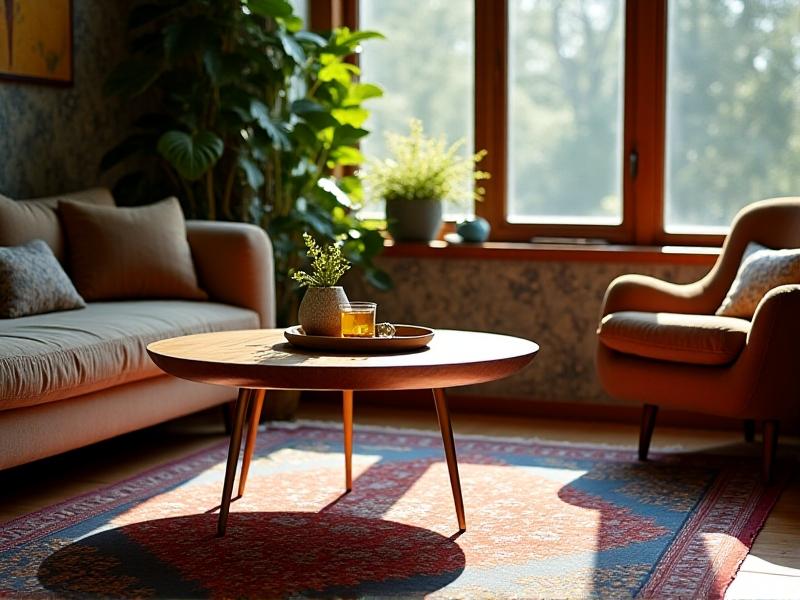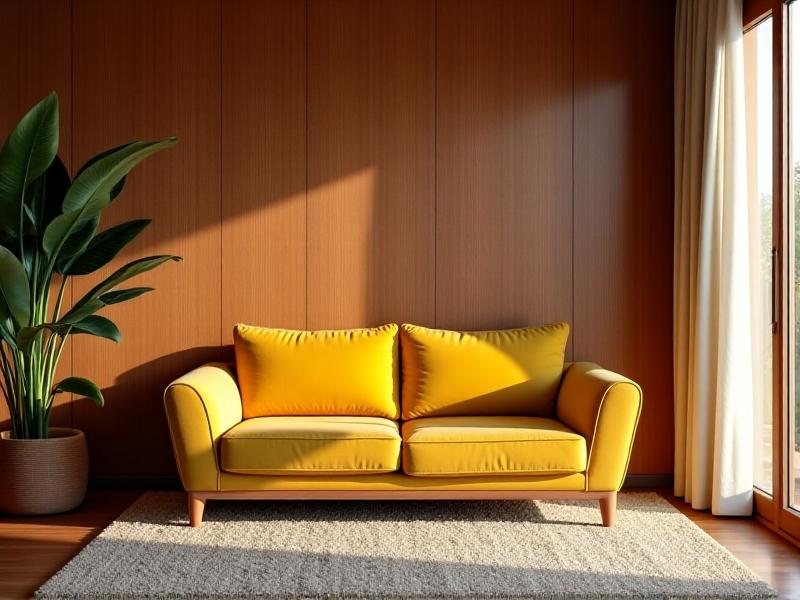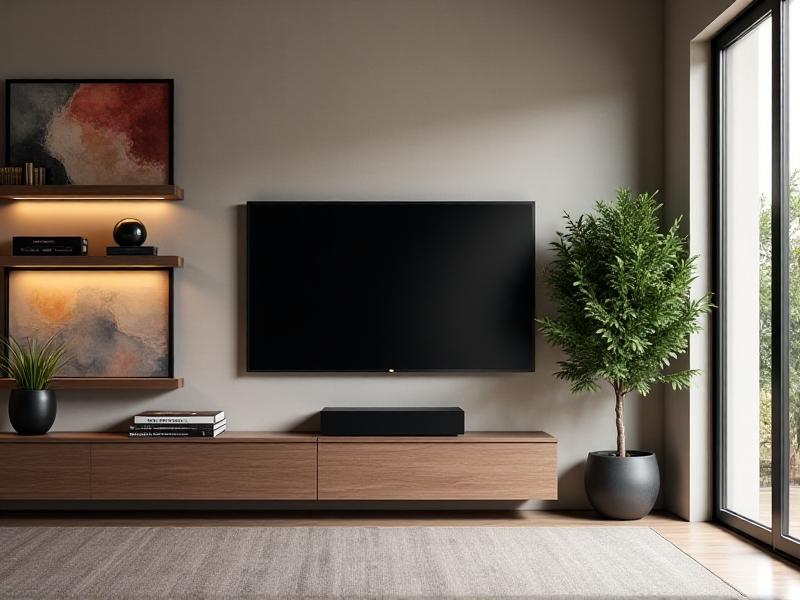Zero VOC Solutions: Breathing Easy During Indoor Projects
Understanding VOCs: The Invisible Threat in Your Home
Volatile Organic Compounds (VOCs) are carbon-based chemicals that evaporate at room temperature, releasing gases into the air we breathe. Common household items like paints, adhesives, and cleaning products emit VOCs, contributing to indoor air pollution. Short-term exposure can cause headaches, dizziness, and eye irritation, while long-term risks include respiratory issues and even organ damage. Indoor environments often trap these pollutants at concentrations up to five times higher than outdoor levels, according to the EPA. Understanding VOCs is the first step toward creating safer living spaces.

Why Zero VOC Solutions Matter for Health and Environment
Zero VOC products eliminate or drastically reduce these harmful emissions, safeguarding both human health and ecosystems. Traditional VOCs contribute to outdoor smog by reacting with sunlight, worsening air quality. By choosing zero VOC alternatives, households reduce their environmental footprint while minimizing risks of chronic illnesses. Children, pregnant individuals, and those with asthma benefit most from cleaner air. Certifications like Green Seal and GREENGUARD ensure products meet stringent safety standards, offering peace of mind for eco-conscious consumers.

Common Sources of VOCs in Indoor Projects
Renovation materials are primary culprits: synthetic paints, vinyl flooring, and solvent-based adhesives release VOCs for months after installation. Furniture with pressed wood or chemical-treated fabrics also emits formaldehyde. Even everyday items like air fresheners and aerosol sprays contribute. Identifying these sources empowers homeowners to make informed choices. For instance, swapping laminate countertops for natural stone or opting for solid wood furniture reduces exposure significantly.
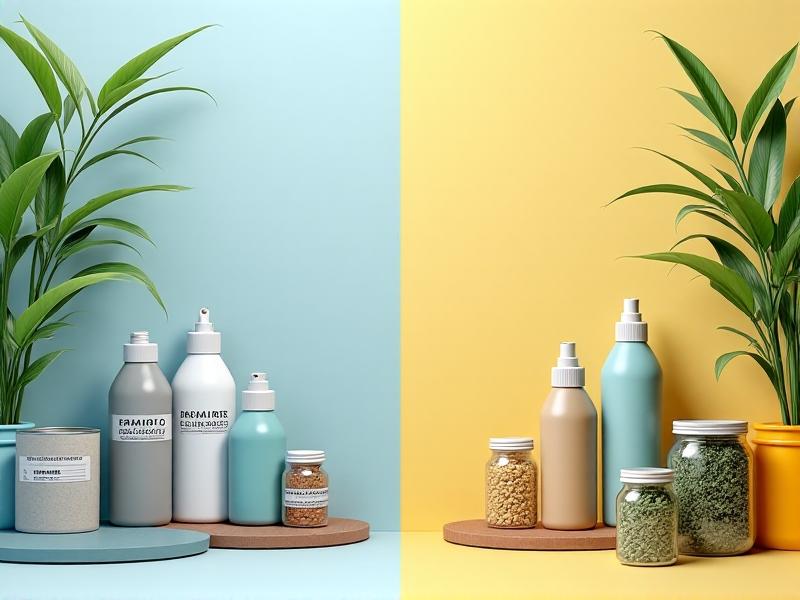
Zero VOC Paints: Color Without Compromise
Modern zero VOC paints offer the same durability and vibrancy as traditional options. Brands like Benjamin Moore Natura and Sherwin-Williams Harmony use water-based formulas with natural pigments. These paints emit minimal odor, making them ideal for bedrooms and nurseries. Application tips include using high-quality brushes to avoid streaks and ensuring proper ventilation despite their low toxicity. Some brands even integrate antimicrobial properties, enhancing room hygiene.
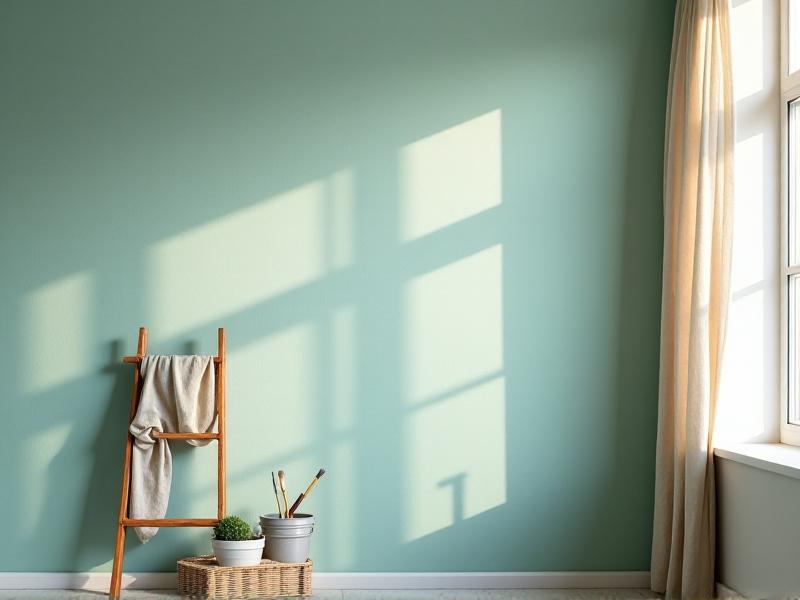
Flooring Choices That Prioritize Air Quality
Eco-friendly flooring options like cork, bamboo, and natural linoleum minimize VOC emissions. Cork, harvested from tree bark, provides a resilient, hypoallergenic surface. Bamboo grows rapidly, making it a renewable alternative to hardwood. Low-VOC carpets with recycled content and natural latex backing are also available. When installing, opt for click-lock systems to avoid adhesives, or use water-based glues certified for low emissions.
Adhesives and Sealants: Hidden Culprits and Clean Alternatives
Traditional adhesives contain toluene and formaldehyde, which off-gas for weeks. Zero VOC alternatives use plant-based resins or water-soluble formulas. For example, ECOS Wood Glue and AFM Safecoat Caulk provide strong bonds without harmful fumes. In DIY projects, consider mechanical fasteners like nails or screws to reduce glue dependency. Always check product certifications before purchase.
Eco-Friendly Furnishings and Decor
Sustainable furniture uses organic cotton, hemp, or recycled metals. Look for Greenguard Gold-certified pieces, which undergo rigorous emissions testing. Avoid items treated with flame retardants or stain-resistant coatings. Decor elements like clay plaster walls or jute rugs add texture without toxins. Thrifted or vintage furniture also reduces demand for new VOC-emitting products.
DIY Tips for a Zero VOC Home Makeover
Start by ventilating spaces during and after projects—open windows and use fans. Schedule painting or flooring in warmer months to accelerate off-gassing. Test products for VOC content using DIY kits. Choose natural cleaning agents like vinegar and baking soda. When unsure, consult green building professionals for tailored advice.
The Future of Zero VOC Innovation
Emerging technologies include photocatalytic paints that break down pollutants under light and biodegradable adhesives from agricultural waste. Smart sensors now monitor real-time VOC levels, syncing with HVAC systems to automate air purification. Legislation is also tightening—California’s CARB standards inspire global policies. As demand grows, zero VOC solutions will become the norm, not the exception.




